Ibuprofen Toxicity in Dogs and Cats

Do not give ibuprofen to a dog without specific dosing instructions from your veterinarian. Do not give ibuprofen to a cat under any circumstances! Ibuprofen has been available as a human pain reliever in the United States since 1974. Over-the-counter 200mg tablets have been available since the 80s and have names such as Motrin, Advil, […]
Breed-Related Dermatoses in Dogs and Cats

The VIN Dermatology Consultants Date Published: 03/04/2008 Date Reviewed/Revised: 04/26/2018 CATS Abyssinian Psychogenic alopecia and dermatitis Follicular dysplasia (hair shaft disorder of Abyssinians) Devon Rex Familial hypotrichosis Himalayan Dermatophytosis Granulomatous dermatophytosis Ehlers-Danlos syndrome Persian Dermatophytosis Granulomatous dermatophytosis Dirty face syndrome Seborrhea (greasy cat syndrome) Siamese Pinnal alopecia Psychogenic alopecia Histiocytic mast cell tumor Vitiligo DOGS Afghan […]
Diabetes Mellitus: Description

What is Diabetes Mellitus? In order to understand the problems involved in diabetes mellitus, it is necessary to understand something of the normal body’s metabolism. The cells of the body require a sugar known as glucose for food and they depend on the bloodstream to bring glucose to them. They cannot, however, absorb and utilize […]
Cuterebriasis is a Parasite Causing Skin Infections in Dogs and Cats
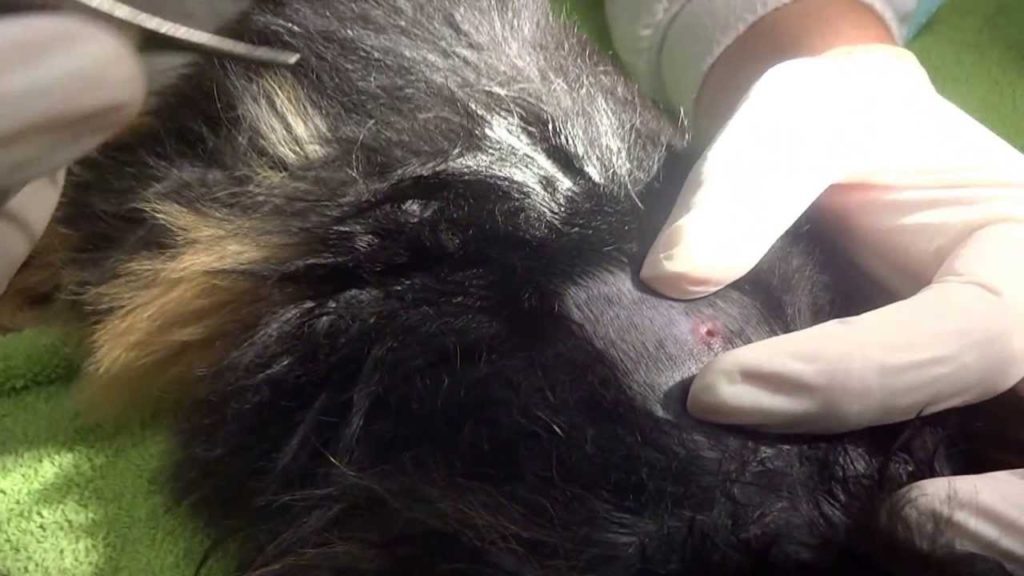
Cuterebriasis is caused by a fly called Cuterebra. The parasite infests small mammals that spend time outdoors, such as dogs, cats, rabbits, ferrets, squirrels, and rodents. Cuterebra are large non-feeding flies that lay eggs near animal burrows, nests, or vegetation. These opportunistic parasites do not seek out animals, but when an animal wanders by, the eggs attach […]
Demodectic Mange in Cats
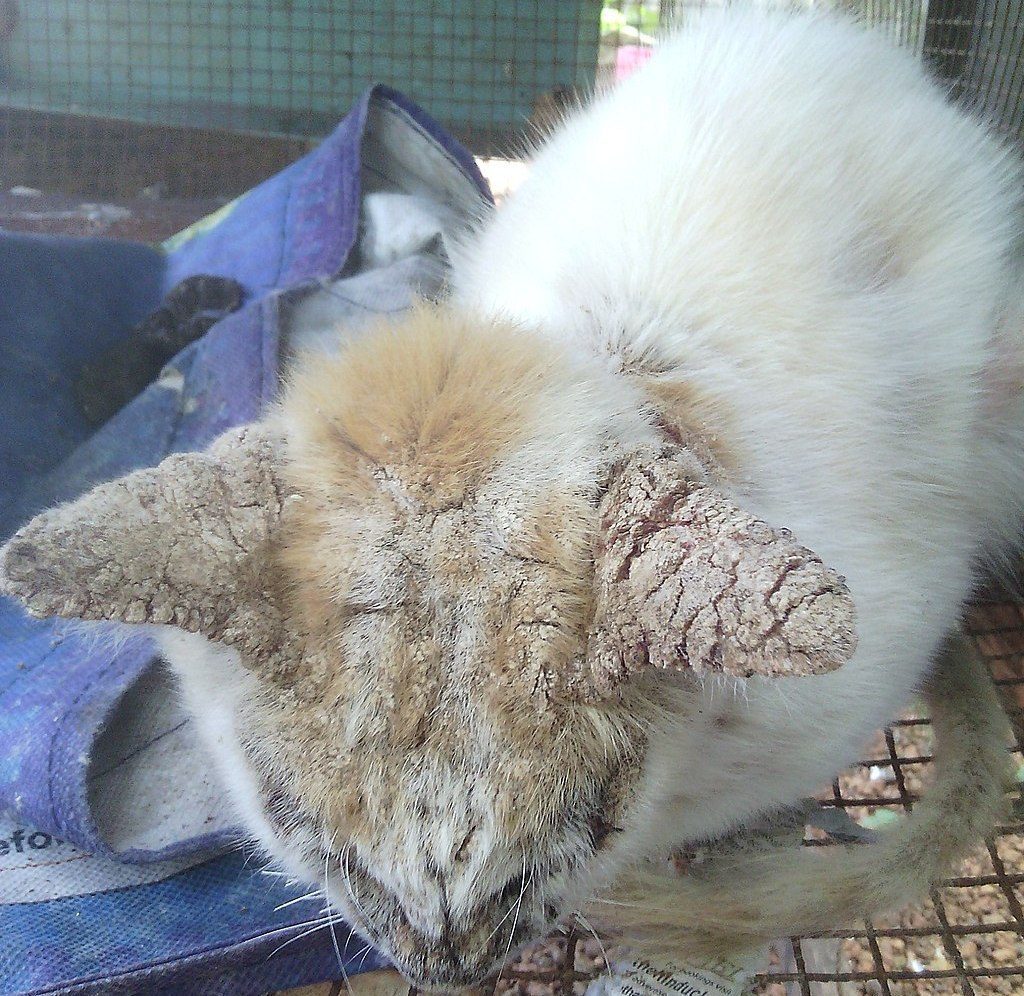
Demodectic mites are normal skin residents in the hair follicles of all species. They live in balance with their host’s immune system, but if something shifts the balance and mites proliferate, skin disease occurs. Two Types of Demodex Mites in Cats Demodex cati and Demodex gatoi are the two Demodex mites of cats. Demodex cati is long and slender and lives inside […]
Demodectic Mange in Dogs
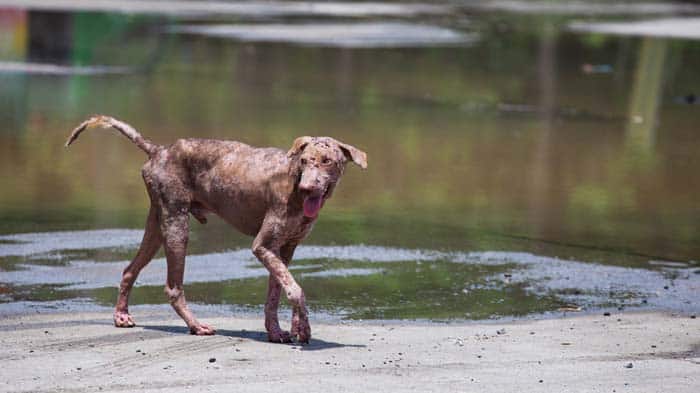
The Cause is the mite – Demodex Canis Demodectic mange, also called demodicosis, is caused by one of the microscopic mites of the Demodex genus. Three species of Demodex mites have been identified in dogs: Demodex canis, Demodex gatoi, and Demodex injai. The most common mite of demodectic mange is Demodex canis. All dogs raised normally by their mothers possess this mite as mites are transferred […]
Blastomycosis is a Systemic Fungal Infection Affecting Dogs and Cats
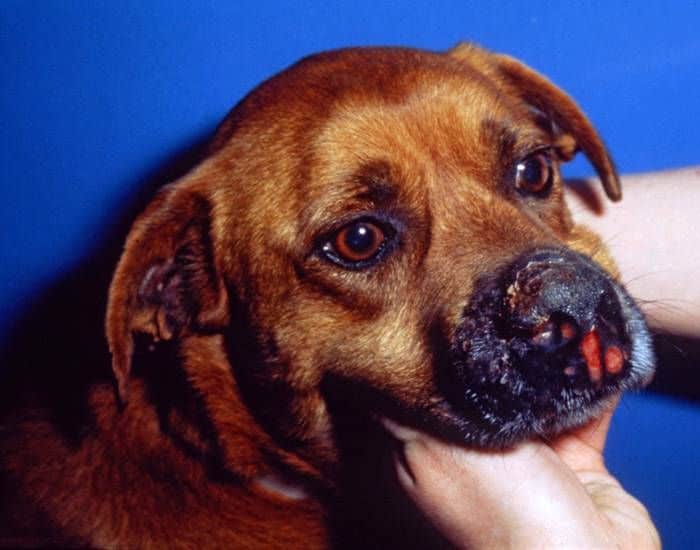
Becky Lundgren, DVM Date Published: 03/15/2006 Date Reviewed/Revised: 10/15/2014 Blastomycosis, caused by Blastomyces dermatitidis, is a systemic fungal infection that affects dogs and cats. Blastomycosis appears in only certain geographic areas in North America, most often the Mississippi, Ohio, Missouri, Tennessee, and St. Lawrence River valleys. (Fungal growth is supported by wet, sandy, acidic soils rich […]
Diabetic Cat Diet

The feline diabetes situation is different from the canine one. In dogs, the pancreas has been irreversibly damaged and insulin secretion is nonexistent The dog must have insulin injections if his body is to have any insulin at all. In cats, however, insulin secretion is relative and if the cat’s metabolism can be corrected before […]
Cherry Eye in Dogs and Cats [that red lump in the eye]
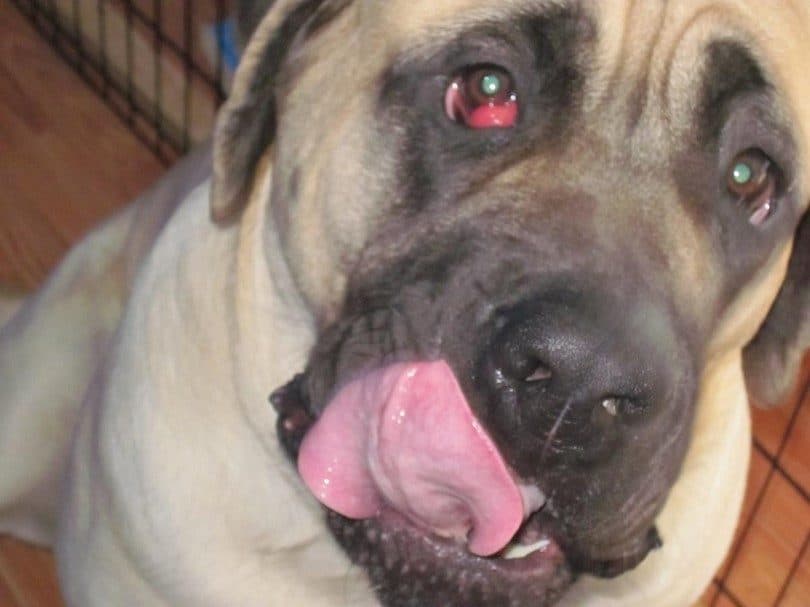
Prolapse of the Tear Gland of the Third Eyelid Unlike humans (who only have two eyelids), dogs and cats have three. The third eyelid, technically called the nictitans or nictating membrane, arises from the inner corner of the eye and covers the eye diagonally as shown. The eye is lubricated by tear film, which consists […]
Cryptosporidium Infection

The easiest way to understand Cryptosporidium species and how they cause disease is to think of them as another kind of gastrointestinal parasite. Cryptosporidium have some uniquely unpleasant features Cryptosporidium oocysts (the eggs that can be seen on a routine fecal test) are so small that they are difficult to detect under the microscope with normal testing methods. More routine […]